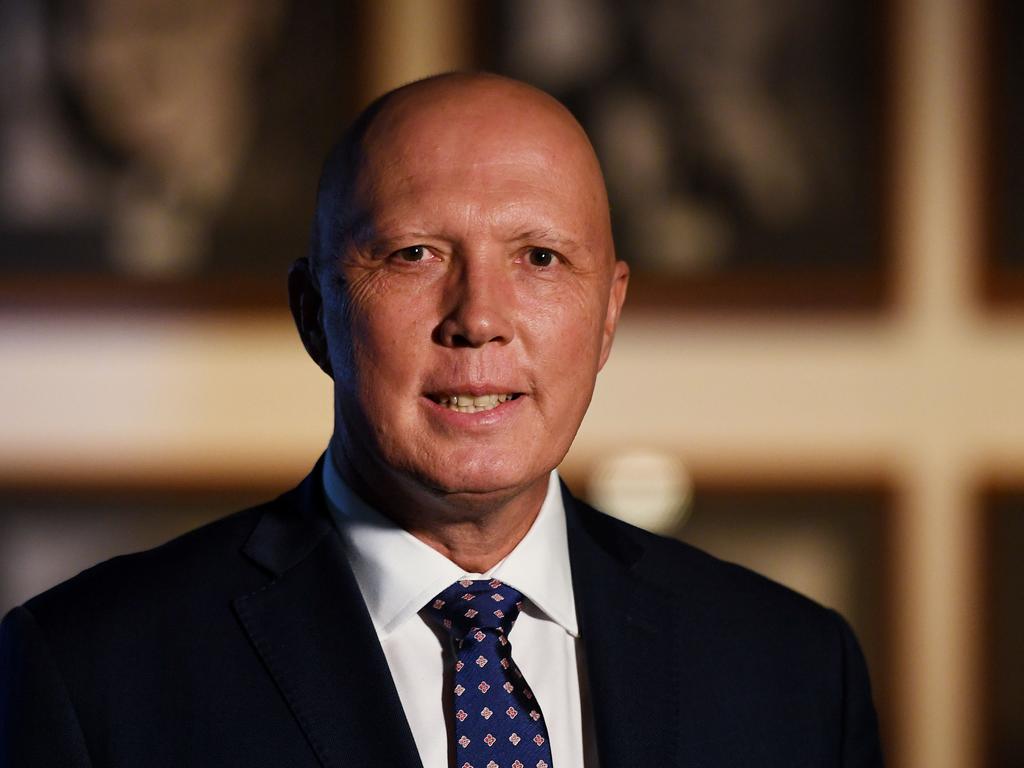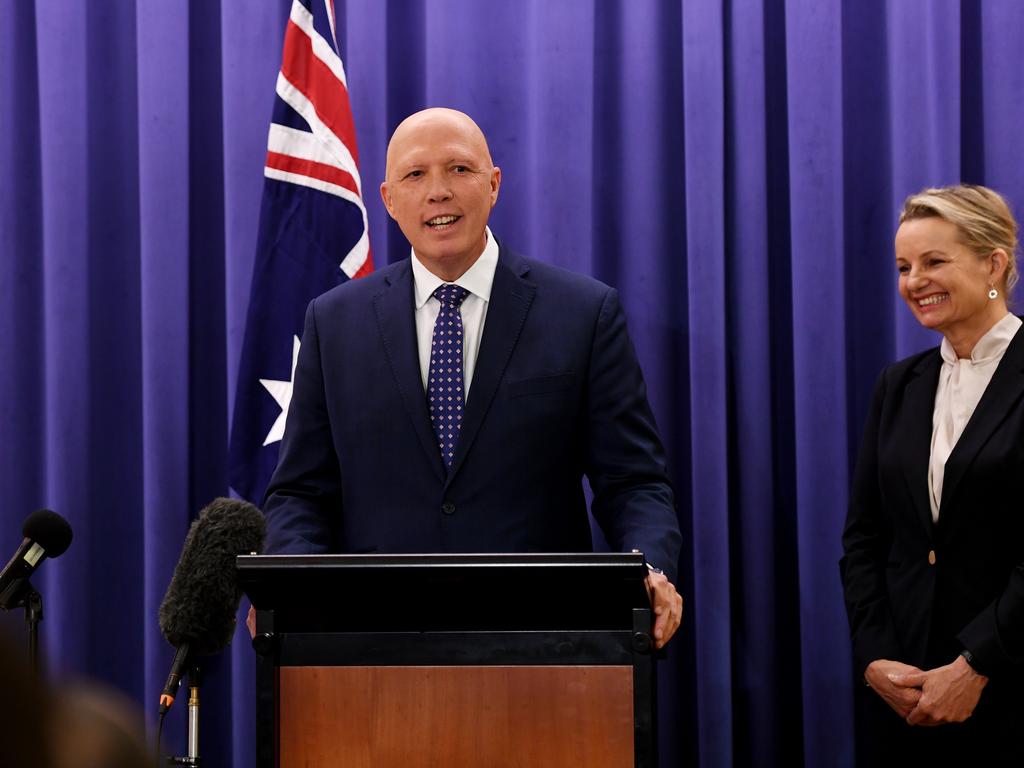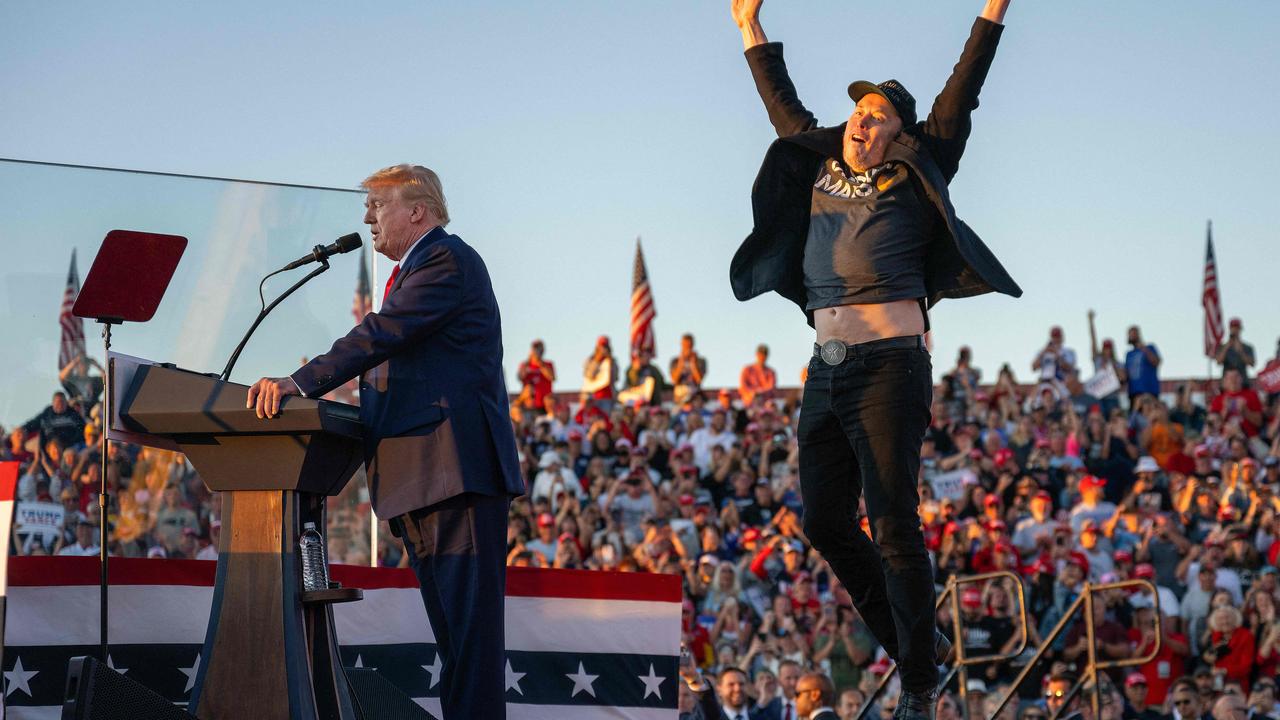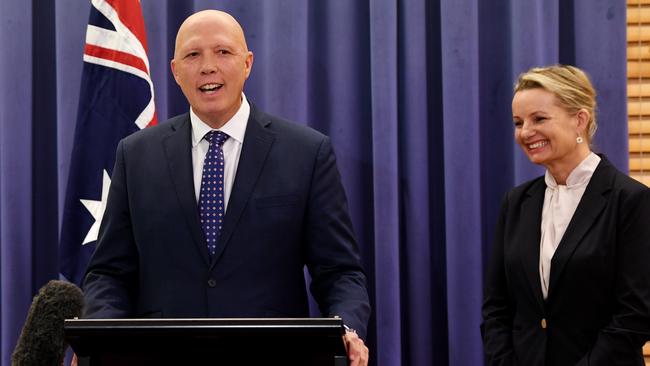
The talk of inevitable Liberal Party decline due to the women’s vote is chatter among frenemies and those cold to conservative principle. At the heart of the Liberal promise is the particular form of freedom expressed as individual choice civilised by good education, strong family and society tempered by Judeo-Christian values. Quotas for women do not fit into the Liberal tradition because they restrict individual choice on the worst possible grounds, by promoting formal inequality in the interest of one biological group over another. But the review of the election loss will include the question of female representation – and it should.
In the aftermath of the loss, the Liberal left moved quickly to attribute the defeat to conservative colleagues. By its reckoning, the inner-city seats of Melbourne and Sydney fell to teal independents because the Liberal Party did too little on climate change and gender. Following the line of argument, more female MPs will solve the problem by bringing about cultural change in the interest of the cultural left, of course. The way to get more women is quotas.
It is insulting to be at the end of an unspoken assumption by men boasting progressive credentials that women are all of a left mind. When looking at high-performing women on the conservative side of politics, it is natural to think of the longest-serving British prime minister of the 20th century, Margaret Thatcher. She was a woman of formidable intellect and devotion to duty who lent stability to government and strength to policy. Liberal senator Jane Hume, conducting a review of the election defeat with former party director Brian Loughnane, has described politics as more cage fight than croquet. Thatcher was possessed of a fighting spirit animated by battle. After leading conservatives to their third victory in 1987, she asked: “Just why did we win? I think it was because we knew what we stood for, we said what we stood for, and we stuck by what we stood for.”
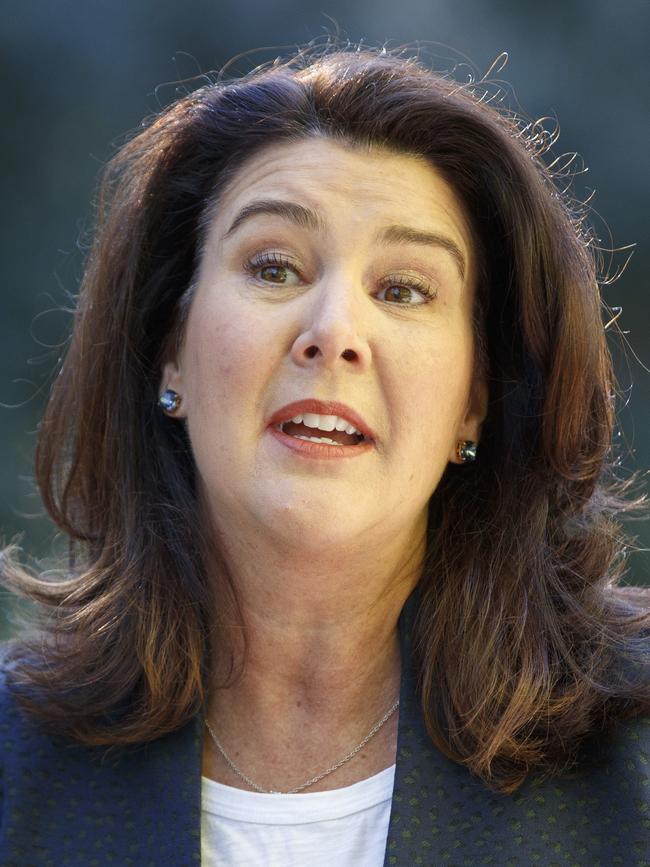
The Liberal Party does not stand for formal inequality. Quotas are an instrument of formal inequality, more commonly – and euphemistically – described as substantive equality, positive discrimination or affirmative action. Some have suggested that as party founder Robert Menzies made special mention of women in his forgotten people speeches, they deserve special treatment today. The link is tenuous. Menzies made his views on women’s participation known: “As it was my privilege to say to you in the Policy Speech of 1946, the women of Australia ‘have established an unanswerable claim to economic, legal, industrial and political equality’. I hope that the time will speedily come when we can say truthfully that there is no sex discrimination in public or private office, in political or industrial opportunity.” Yet a gender quota is a type of sex discrimination.
Some Liberals believe gender quotas are justifiable; an option of last resort when soft power fails to improve the representation of women in winnable seats. Others think the election result, in particular the rise of the teal independents, demonstrates female voters rejected Liberal male MPs for female candidates in protest against the under-representation of their sex. But a causal relationship has not been established. What we do know at this stage is that there has been a decline in women’s vote for the Liberal Party over time.
Writing for The Conversation last year, University of Sydney lecturer Sarah Cameron reviewed some literature on gender and voting in Australia. The ANU’s Australia Election Study showed that in 2019, the Liberal Party attracted the lowest proportion of women votes since 1987. Cameron suggests the change in gender voting patterns is due to several factors including women’s greater participation in the workforce and higher education, which is “associated with political ideology that is further to the left”. She also notes Labor’s introduction of quotas, which increased its proportion of women in parliament to 47 per cent compared with the Liberal Party’s 23 per cent at the 2019 election.
For egalitarians, there is a clear gender gap that should be closed as soon as possible. For political realists, the question is whether quotas will increase a party’s chances of re-election. While they work well for Labor, there is evidence they might not be so effective for right-of-centre parties.
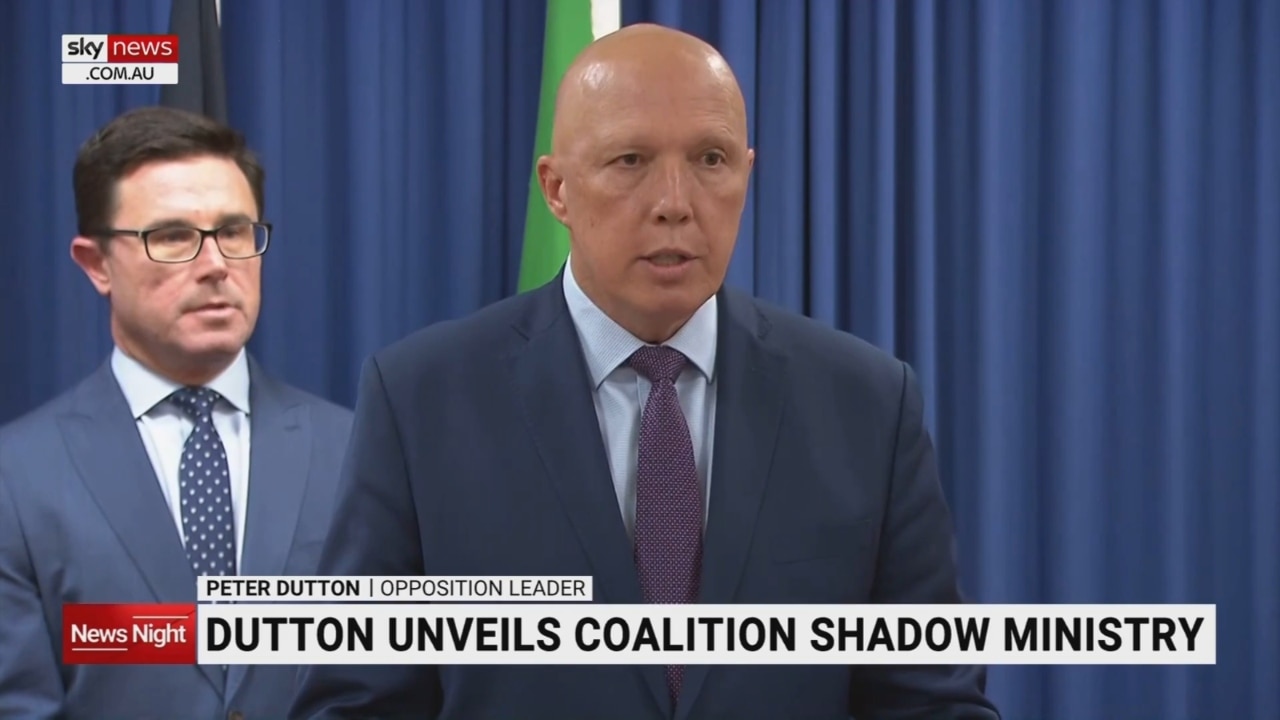
Research by Woo Chang Kang et al, published in Electoral Studies last year, found that while left-identifying women prefer female candidates regardless of partisan affiliation, right-identifying male voters prefer male over female candidates in “intra-party contests between right-affiliated candidates”. Thus, gender quotas could ensure more women succeed in Liberal preselection battles, but the biological sex of MPs might be more important to left-identifying female voters.
If anything defines the 2022 election, it is the return of conviction politics. It is clear left-leaning candidates were far more successful in selling a values-based proposition voters could believe. The teal independents united on the themes of climate change, gender equity and integrity. Labor returned to working-class roots, at least rhetorically, by de-emphasising identity politics and presenting major policies as beneficial to workers. The party spoke to middle Australia and capitalised on a superior representation of women in parliament.
Gender quotas are an attractive solution when the problem of female under-representation seems intractable. And they work for that purpose when recruitment and promotion are run by companies, or preselection is significantly controlled by organisations such as unions. For political parties where preselection is heavily influenced by grassroots members, the process is more complex. Hard quotas are unlikely to create meaningful change in the Liberal Party and could alienate members. Aspirational targets are better, but tend to fail unless they are universal, set for each level of the organisation and subject to annual audits of progress.
There is no easy answer, but the Liberal Party will seem increasingly passe unless it takes action to improve the representation of women.


